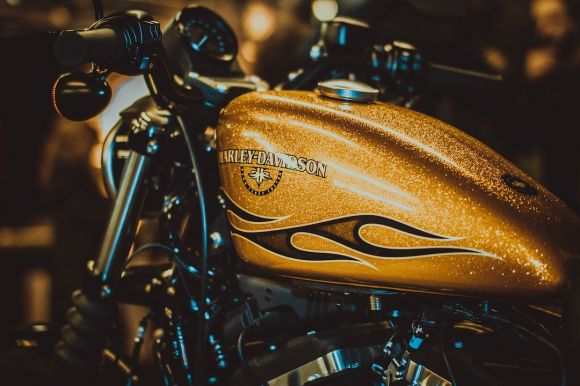Riding a motorcycle in the rain can be a challenging and potentially dangerous task. The wet conditions can reduce traction and make it harder to control the bike. However, some motorcycles are designed to perform better in the rain than others. In this article, we will explore the features and characteristics that make a motorcycle excel in wet weather.
Tire Grip and Tread Design
One of the most important factors that determine a motorcycle’s performance in the rain is its tire grip. The type of tire and its tread design play a crucial role in ensuring adequate traction on wet surfaces. Motorcycles with tires that have a high silica content in their rubber compound tend to provide better grip in wet conditions. Additionally, deep and wide grooves in the tire tread can effectively channel water away from the contact patch, reducing the risk of hydroplaning.
Stability and Handling
Another aspect to consider when evaluating a motorcycle’s performance in the rain is its stability and handling. A bike that offers good stability in wet conditions will have a frame and suspension system that can absorb bumps and maintain a steady ride. Additionally, motorcycles with a lower center of gravity tend to be more stable in wet conditions. This allows the rider to maintain better control, especially when navigating through slippery surfaces or corners.
Braking System
The braking system is another critical component that determines a motorcycle’s performance in the rain. Motorcycles equipped with anti-lock braking systems (ABS) are highly recommended for wet weather riding. ABS helps prevent the wheels from locking up during sudden braking, reducing the risk of skidding and loss of control. This feature is particularly beneficial in wet conditions, where the braking distance is longer due to reduced traction.
Weight Distribution
The distribution of weight on a motorcycle affects its performance in the rain. Bikes with a balanced weight distribution, where the weight is evenly distributed between the front and rear, tend to have better stability and control. This allows the tires to maintain better grip on wet surfaces, leading to improved handling and maneuverability. Motorcycles with a forward-leaning riding position can also help shift weight to the front tire, providing better traction during braking.
Electronics and Safety Features
Modern motorcycles often come equipped with electronic aids and safety features that enhance performance in wet conditions. Some bikes have traction control systems that monitor wheel spin and adjust power delivery to prevent loss of traction. Additionally, motorcycles with rain mode settings can provide a more controlled power delivery, reducing the risk of sudden acceleration that could lead to wheel spin.
Conclusion: The Best Performance in the Rain
When it comes to choosing a motorcycle with the best performance in the rain, it is essential to consider factors such as tire grip, stability, braking system, weight distribution, and electronic aids. Motorcycles that excel in these areas are more likely to provide a safer and more enjoyable riding experience in wet conditions. While there isn’t a single motorcycle that can be deemed the absolute best in the rain, models from reputable manufacturers that prioritize these features can be a good starting point for riders looking for enhanced wet weather performance. Ultimately, the best motorcycle for you will depend on your personal preferences and riding style.
